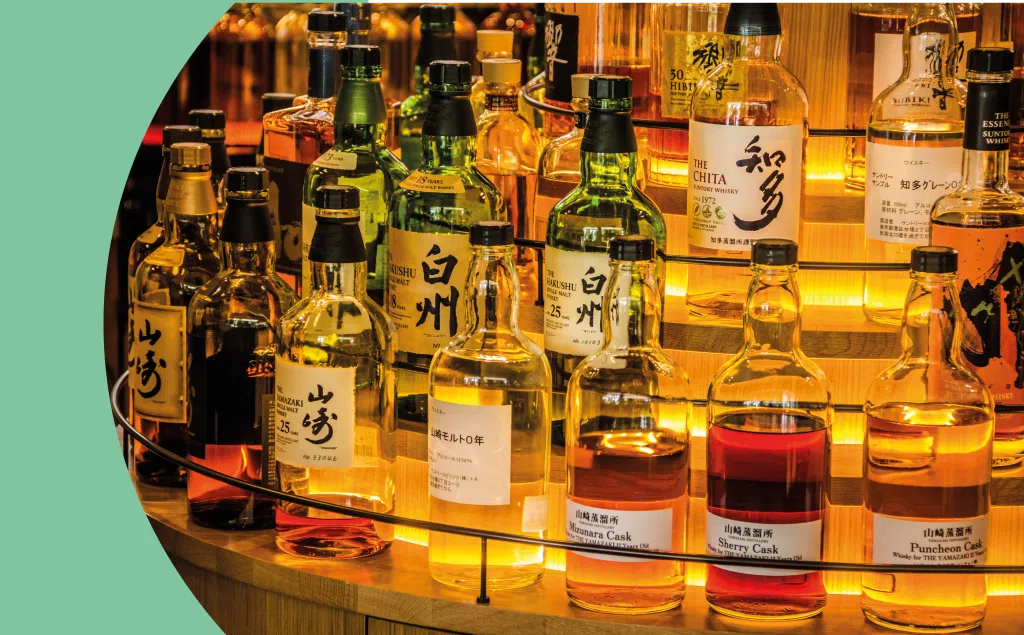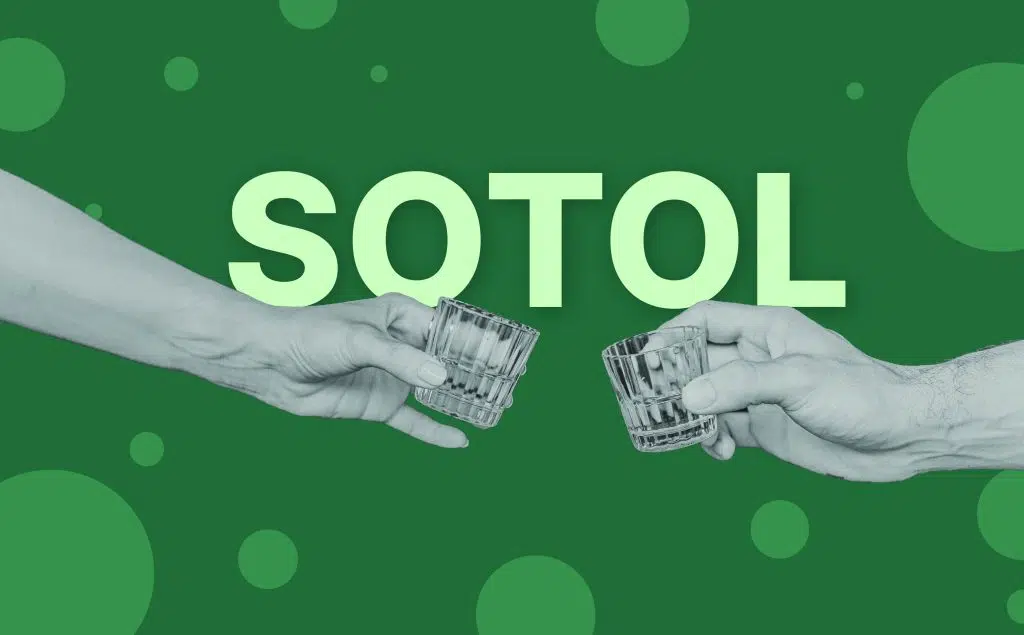What did the Romans ever do for us? Well, aside from straight roads and aqueducts, they also invented a warm and fruity wine to keep the chill out of your bones each winter. All hail our modern-day favourite Christmas tipple: mulled wine! Here is a short history.
Vini, Vidi, Bibi
As the Roman Empire grew, wreaking havoc on barbarians and stomping their imperial army across Europe and beyond, those travelling were inspired to keep themselves warm, healthy, and in good spirits on those cold winter nights with a “traveller’s spiced wine”. Thus, the ancients conceived of a wine-based drink with herbs, spices, and fruit, that would prove to be popular almost two millennia later.
Ever the civilised, Roman recipes for “konditon”, or “spiced wine,” can be found in the 2nd C AD Roman cookbook by Apicius—”De Re Coquinaria”. Romans back home also enjoyed the “traveller” concoction or a “surprise” version (which included a heavy dose of black pepper for the ‘surprisee’—still popular in modern day Moldova) and the concept of mulled wine began to take off amongst the populace of Europe.
The European Mulled Wine Tour
Seen as a spicy winter warmer to ward off sickness with its herbal ingredients, this cold weather favourite began its journey to the Roman provinces, touching all corners of the continent. As it gained sweeping popularity, variations arose according to locally available herbs and spices and different regional wines—Spain’s sangria no doubt introduced the adding of oranges or peel of lemon.
In the 12th century, writings by theologist and Doctor Arnaud de Villeneuve includes recipes for spiced wine, revealing it as a contemporary drink in his native France and neighbouring Spain. There is even a medieval English recipe from 1390 which includes grinding cinnamon, ginger, cardamom, and nutmeg to testify its pan-European familiarity.
An impressive gold-plated and silver tankard belonging to German Count John IV of Katzenelnbogen, and dating back to 1420, confirms the early years of Glühwein (more a “smouldering” than “mulled” wine semantically) in the German/Alpine regions. The recipe had evolved, and the Germans added in cinnamon, cloves, and star anise, with options for a white wine version and an accompanying liquor shot! Why not?
Fiendishly popular throughout Europe during the Middle Ages, possibly due to a plague induced trend for imbibing herbs with medicinal properties, mulled wine then dipped out of the popularity charts. Alas, even Victorian writer Charles Dickens mentions it as being from a bygone era. However, as the circle of fads revolves, by the 19th century mulled wine was back on top.
Glögg, Gløg, & Glögi
The Nordics, long familiar with cold winters and a fetish for a hot winter warmer, had kept the recipe going strong, with the Swedes creating varieties to become known as their beloved “glögg” (a term found in literature dating to the 17th century) and then in 1890 they cheekily added a French twist with cognac. The Swedish Monarchy were apparently big fans, keeping the trend alive, as the drink was seen as a good stiffener for messengers on horseback snowbound. The Swedish, Danish and Fins popularised glögg, gløg, & glögi, adding in nuts and raisins and often a liquor base or white or sweet wine to make it more of a punch.
Their version proved popular in the Baltics also, where mulled wine was already established, but the stronger punch overtook in the past 30 years, with the Poles and Russians adding a discreet swish of vodka. Poland also created a hot beer version with the traditionally wine recipe added spices.
Christmas Number One
Rumour has it mulled wine claimed its star in the hall of fame when Scandinavians chose to partner up the drink with yuletide poster boy Santa Claus in the 1890s. Not just a tasty drink throughout the ages, mulled wine hit the marketing jackpot as it was reportedly produced in bottles with the jolly man on its labels as festive Christmas gifts. Now a well-known tipple with several variants and names (glühwein, glög, hõõgvein in Estonia), it has also reached far away shores, with the British even popularizing it in India.
Synonymous with Christmas markets and now tradition in Alpine and Scandinavian countries, mulled wine is enjoyed as part of the festive experience, with spiced cider and non-alcoholic versions springing up for children to enjoy. On the other side of the world, it is also considered a winter drink—despite not coinciding with Christmas. When in Brazil, add a dash of cachaça.
The Traditional Mulled Wine Taste
Our modern mulled incarnation is not so far from the original recipe with flavourful spices, sweetness, and of course the hallowed grape juice. The recipe’s journey allowed for local variations over the years with the Germans sometimes adding a little vanilla, the Swedes a sprinkle of almonds and the Portuguese a splash of port. The English version recorded in the 14th century is largely the same as today’s best known British recipe.
The Roman original included saffron and laurel, which these days are replaced with nutmeg and cloves, but star anise remains, the honey or sugar, and dates or sultanas, are often still there to give the sweet warmth. For modern embellishment you can even throw in some edible flowers, a clove embedded orange, or a full star anise for a punchy decorative motif.
Best Mulled Wine Recipe
If your Latin is a little rusty or you don’t have a copy of “De Re Coquinaria” to hand, fear not, we have the perfect contemporary recipe for you.
Ingredients:
2 bottles of a dry/full-bodied red wine (Cabernet Sauvignon, Zinfandel, and Syrah work well)
2 Cinnamon sticks halved (optional—more to garnish)
1 Grated nutmeg
5 Cloves
Lemon or orange zest, clementines or an orange
Star anise
200g of Sugar (caster or brown)
(optional—5 crushed cardamon pods, handful of almonds and raisins, sip of brandy or sloe gin to taste)
Method:
Add your red wine, spices, fruit, and sugar to the pan, heating gently for 15 minutes. Do not boil your brew or you will evaporate the alcohol; simmering gently is all that is required.
Leave to infuse while it cools, 20-30 minutes.
Reheat gently to serve, add optional brandy or sloe gin.
Sieve out cloves before serving.
Serving:
Serve in heatproof glasses or mugs. Garnish with an orange zest twist or cinnamon stick.
To sum it up, mulled wine is the epitome of winter indulgence. Its aromatic blend of spices, rich flavours, having been giving us comfort and warmth for 2000 years, making it the perfect companion for cozy gatherings and festive celebrations.










